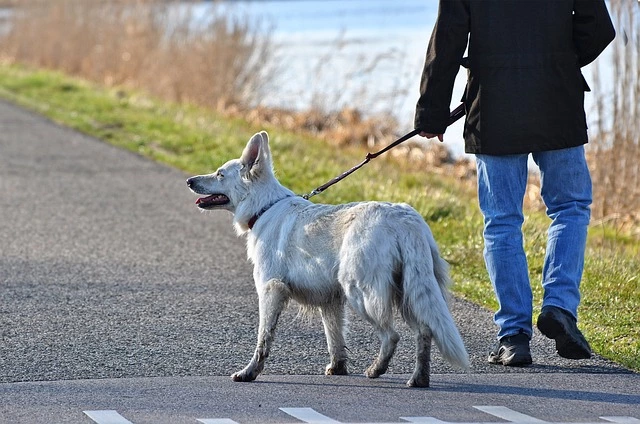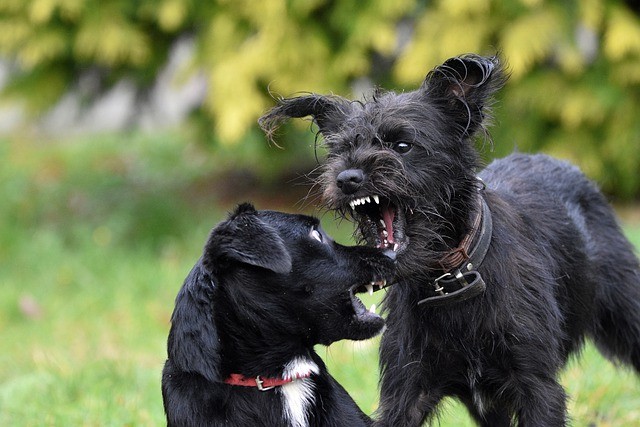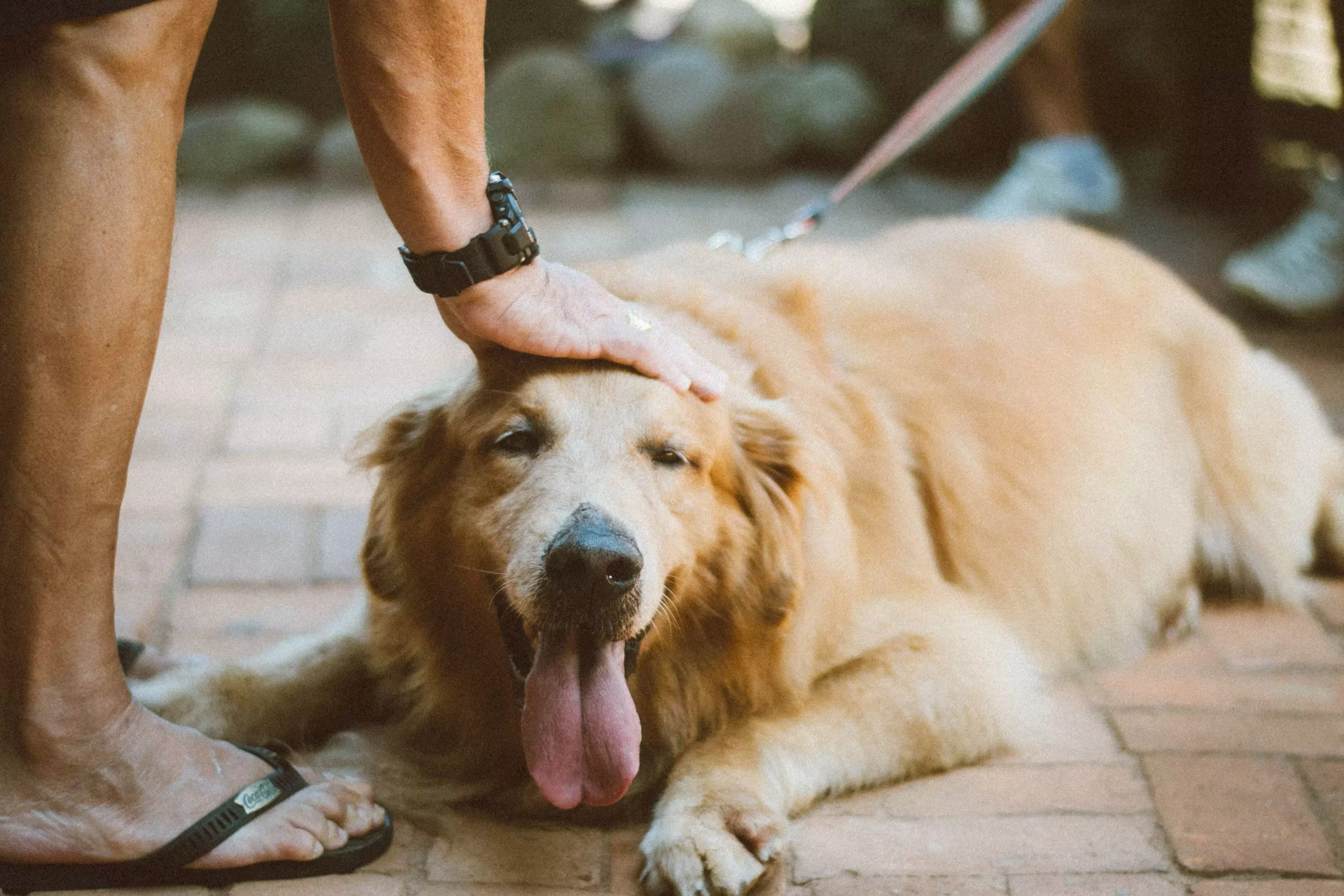Introduction:
Dogs have long been known as man’s best friend, but understanding their behavior and how they communicate with us can sometimes be a mystery. In this article, we will delve into the fascinating world of dog behavior, shedding light on their various forms of communication and providing valuable insights for dog owners. Additionally, we will answer some frequently asked questions to further enhance your understanding of these beloved four-legged companions.
I. Body Language and Non-Verbal Communication:
1. Tail Wagging: Decoding the Message
One of the most well-known forms of dog communication is tail wagging. However, not all tail wagging is the same. We will explore the different meanings behind tail wagging, including happiness, fear, and aggression, allowing dog owners to better understand their furry friends.
2. Ears and Facial Expressions: The Windows to Their Souls
A dog’s ears and facial expressions can reveal a lot about their emotions and intentions. By learning to interpret their ear positions, eye contact, and facial movements, dog owners can better understand their dogs’ moods and communicate effectively with them.
3. Posture and Body Position: Understanding Dominance and Submissiveness
Dogs communicate their social status and intentions through their posture and body positions. We will discuss the various stances dogs adopt, such as dominant, submissive, and defensive, and how understanding these postures can help dog owners navigate social interactions.
4. Eye Contact: The Bonding Agent
Eye contact plays a crucial role in dog communication. We will explore how dogs use eye contact to establish trust, show submission, or assert dominance, as well as how humans can use eye contact to strengthen their bond with their dogs.
II. Vocalizations: Barking, Howling, and Beyond:
1. Barking: Different Types and Meanings
Barking is one of the most common vocalizations dogs use to communicate. We will explore the different types of barks and their meanings, ranging from alert barks to play barks, enabling dog owners to decipher their dogs’ messages accurately.
2. Howling: The Call of the Wild
Howling is a unique vocalization often associated with wild dogs. We will delve into the reasons dogs howl, including communication, territorial marking, and responding to certain stimuli, helping dog owners understand and respond appropriately to their dogs’ howling behavior.
3. Whining, Growling, and Other Vocalizations: What They Indicate
Dogs use a range of vocalizations, including whining, growling, and whimpering, to express their needs and emotions. We will explore the meanings behind these vocalizations and how dog owners can interpret them in different contexts.
III. Scent Communication: Utilizing Their Powerful Sense of Smell:
1. Marking Territory: Urine and Scent Markers
Dogs use urine and scent markers to communicate information about their territory, identity, and reproductive status. We will discuss how dogs mark their territory and what dog owners can learn from these scent signals.
2. Sniffing and Investigating: Gathering Information
Dogs rely heavily on their sense of smell to gather information about their environment and other dogs. We will explore the importance of sniffing behaviors and how dog owners can support their dogs’ natural instincts.
3. Pheromones: The Invisible Communication
Pheromones are chemical signals that dogs release to communicate with each other and humans. We will discuss the different types of pheromones and how they can influence dogs’ behavior and emotions.
IV. Social Interactions and Pack Dynamics:
1. Play Behavior: Fun, Learning, and Establishing Hierarchy
Play behavior is an essential part of social interactions among dogs. We will explore the different types of play and how they contribute to learning, socialization, and establishing hierarchy within a pack.
2. Aggression and Fear: Understanding the Triggers and Signs
Aggression and fear are common behavioral challenges in dogs. We will discuss the causes of aggression and fear, as well as the signs that dog owners should look out for, enabling them to address these issues effectively.
3. Dominance and Submission: Navigating the Pack Structure
Understanding dominance and submission dynamics is crucial for maintaining a harmonious relationship with a dog. We will explore how dogs establish hierarchy within packs and how dog owners can establish themselves as leaders without resorting to dominance-based training methods.
V. FAQs: Frequently Asked Questions
1. How can I tell if my dog is happy or stressed?
Understanding a dog’s body language and vocalizations can help determine their emotional state. We will discuss the signs of happiness, stress, anxiety, and fear in dogs, allowing dog owners to provide appropriate support and care.
2. Why do dogs lick us?
Licking is a common behavior in dogs, but its meaning can vary. We will explore the different reasons why dogs lick humans, including affection, communication, and grooming behaviors.
3. What does it mean when a dog rolls over onto their back?
When a dog rolls over onto their back, it can indicate submission, trust, or a desire for belly rubs. We will discuss the various meanings behind this behavior and how dog owners can respond accordingly.
4. Why do dogs sniff each other’s rear ends?
Sniffing each other’s rear ends is a normal part of dog greetings and communication. We will explain why dogs engage in this behavior and the information they gather from it.
5. How do I know if my dog is being aggressive or just playing?
Differentiating between aggressive behavior and playful behavior can sometimes be challenging. We will discuss the signs to look out for, such as body language, vocalizations, and intensity, to determine whether a dog’s behavior is aggressive or playful.
Conclusion:
By understanding the various ways dogs communicate with us, we can deepen our bond with them and address their needs more effectively. From body language and vocalizations to scent communication and social interactions, dogs employ a wide array of behaviors to express themselves. By paying close attention to their cues and investing time in learning their language, we can form a stronger connection with our furry friends, leading to happier and healthier relationships.








